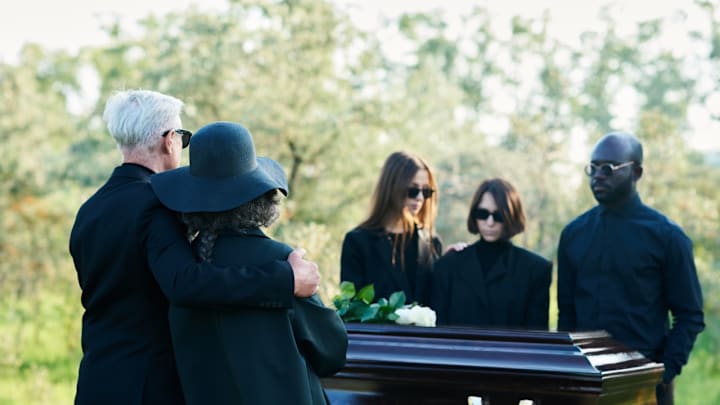According to the National Funeral Directors Association, the business of saying goodbye to the dead takes in about $16 billion annually. Roughly 23,000 funeral homes in the United States help facilitate that, organizing celebrations of a person’s life and helping families process their loss.
With so much emotion surrounding these events, it’s easy to see why people simply avoid thinking about them and continue to believe in certain misunderstandings about the process. So what have we gotten wrong?
In the latest episode of Misconceptions, host Justin Dodd shares some common myths about funerals that we can finally lay to rest.
For example: The next time you’re stuck in traffic and spot a minivan, you shouldn’t assume it’s full of kids or lumber. It could be transporting a dead body. Contrary to popular belief, funeral homes don’t always use hearses to move the dearly departed. There’s no law or even industry practice that mandates it. So plenty of them make use of unmarked minivans to tote corpses around.
One commercial vehicle supplier advertises the benefits of a Chrysler Pacifica minivan, which it deems ideal for body transport thanks to “stow and go” seating. Some funeral directors might even have the back seats of their vehicles removed to make room for casket cargo. Hearses, which are far more recognizable on the road, are increasingly being reserved for funeral processions, though converted SUVs can also be used for that purpose.
While minivans and SUVs tend to blend easily into traffic, sometimes drivers can get a little too brazen. In 2019, a Nevada state trooper pulled over a minivan that was traveling in the high occupancy vehicle lane, better known as the carpool lane. But the only living passenger was the driver. The officer had to explain that the decedent in the back did not really count as a passenger.
Find out more misconceptions about funerals by watching the video above, and make sure to subscribe to Mental Floss on YouTube for new videos every week.
Read More Articles About Misconceptions:
